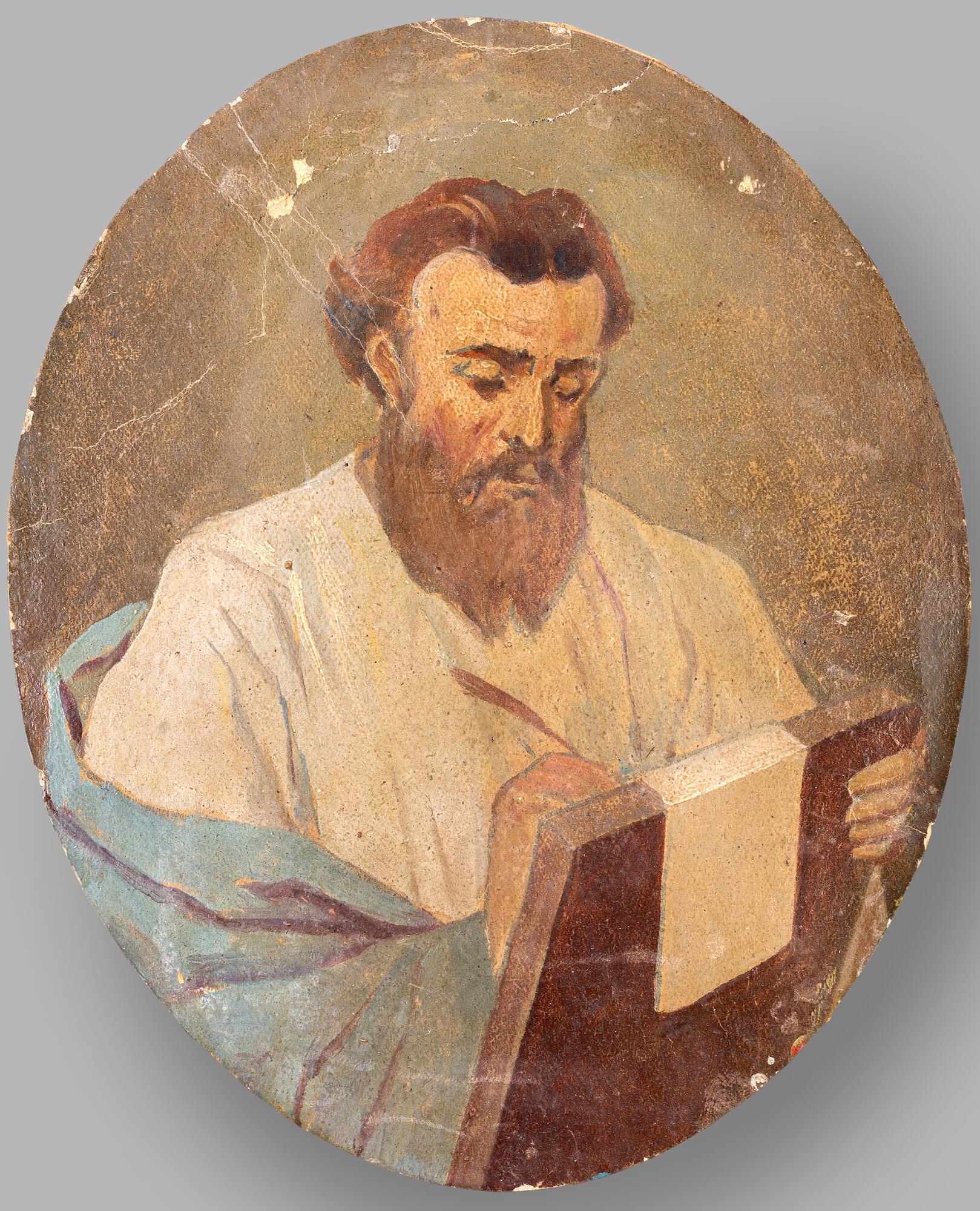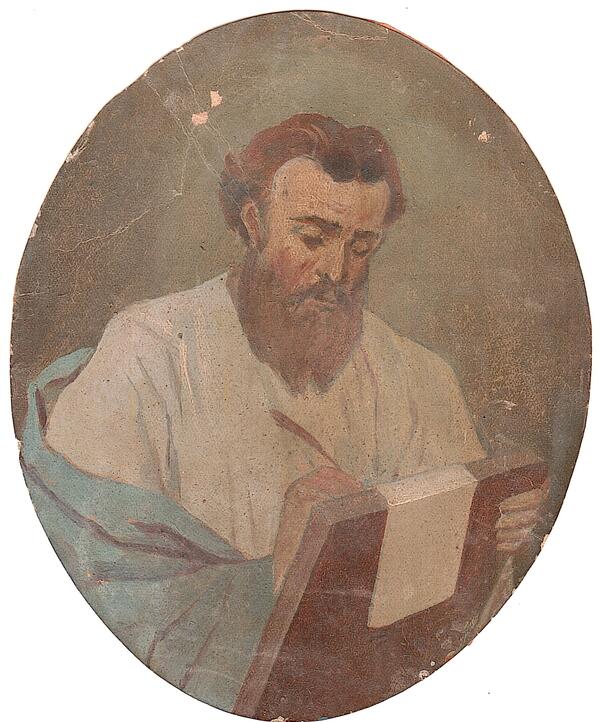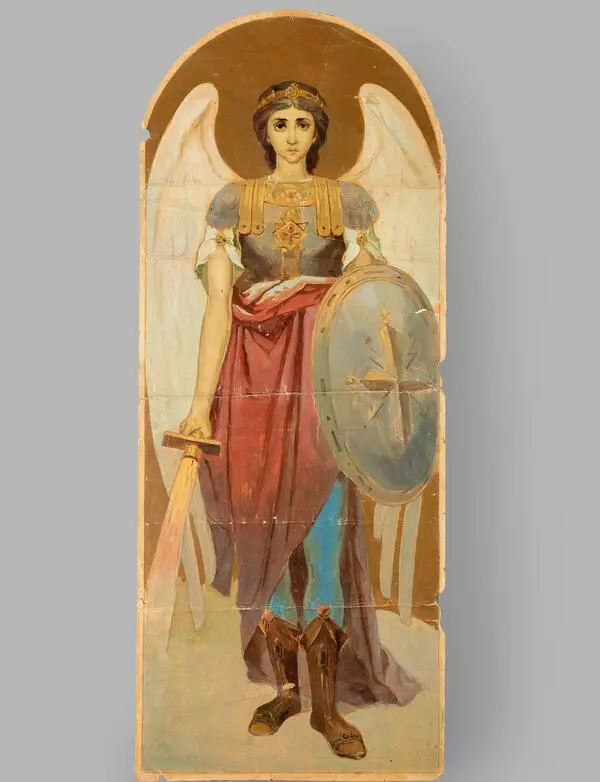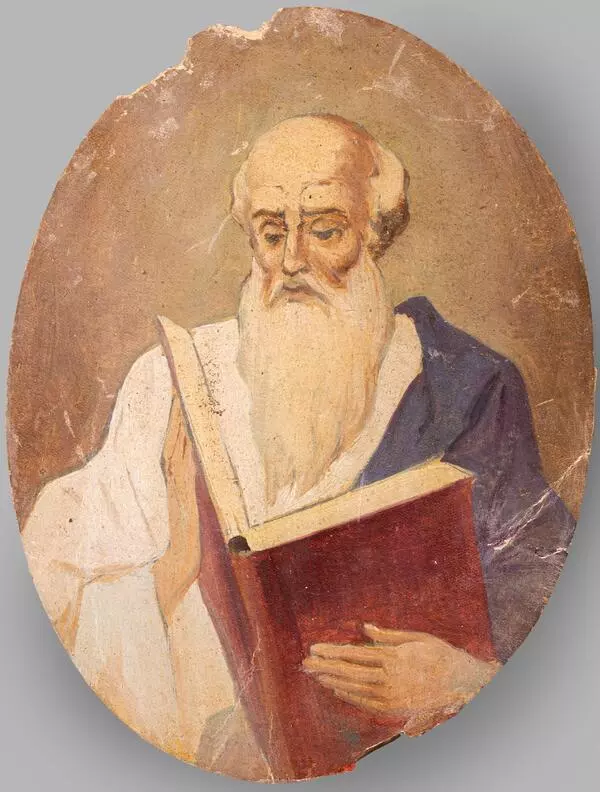Mark the Evangelist was one of the Seventy Disciples chosen by Jesus in the last year of His earthly life for Christian ministry in different countries.
It is known that he was born in Jerusalem (according to other sources, in the city of Cyrene) and was the nephew or cousin of Barnabas the Apostle, also one of the Seventy. Mark’s mother, Mary, was a follower of Christ; the community often gathered in her house for prayers. At birth, the future apostle was named John; he received the second name (Mark) when traveling to foreign lands, and it was this name that eventually became his main one.
At the beginning of his apostolic ministry, before the martyrdom of his teachers, Mark was an associate and companion of the apostles Barnabas, Paul and Peter; the latter baptized Mark.
After visiting Paul the Apostle who was in prison in Rome, Mark wrote his Gospel. It is believed that the narrative is based on the stories of the evangelist’s spiritual father — Peter. In many ways, the Gospel of Mark is similar to the earlier Gospel of Matthew, but it is addressed not to Jews, but rather to the Gentiles who became believers. This explains its stylistic features: a simple accessible language and the absence of complicated references to Old Testament texts. It is the shortest of the canonical biographies of the Savior. The evangelist created a vivid and convincing story about the miracles performed by Christ, the true King of the Jews.
With his sermons, Mark the Apostle traveled to Africa, Libya, and Egypt. He spent several years in Alexandria and founded the Church of Alexandria. He contributed to its prosperity in every possible way: he solved complex issues, helped organize divine services, compiled texts of liturgies, and became bishop of Alexandria; through his efforts, a Christian school was established in the city.
It was in Alexandria that Mark suffered martyrdom for Christ. During the Easter service, pagans broke into the church, seized the bishop, tied him up, dragged him through the streets of the city, and then threw him in prison. At night Christ appeared to the prisoner, comforting and strengthening His disciple. The next day, after new torments, Mark died with the words “Father, into Thy hands I commend my spirit.” The pagans wanted to burn his body, but a thunderstorm did not allow this to happen, and the bishop was buried according to Christian custom.
Icon painters depict Mark as an old man or a middle-aged man walking along the road or sitting at a table with an open book (sometimes a scroll). Next to the evangelist, a winged lion is often depicted — a symbol of the royal power of the Savior.
It is known that he was born in Jerusalem (according to other sources, in the city of Cyrene) and was the nephew or cousin of Barnabas the Apostle, also one of the Seventy. Mark’s mother, Mary, was a follower of Christ; the community often gathered in her house for prayers. At birth, the future apostle was named John; he received the second name (Mark) when traveling to foreign lands, and it was this name that eventually became his main one.
At the beginning of his apostolic ministry, before the martyrdom of his teachers, Mark was an associate and companion of the apostles Barnabas, Paul and Peter; the latter baptized Mark.
After visiting Paul the Apostle who was in prison in Rome, Mark wrote his Gospel. It is believed that the narrative is based on the stories of the evangelist’s spiritual father — Peter. In many ways, the Gospel of Mark is similar to the earlier Gospel of Matthew, but it is addressed not to Jews, but rather to the Gentiles who became believers. This explains its stylistic features: a simple accessible language and the absence of complicated references to Old Testament texts. It is the shortest of the canonical biographies of the Savior. The evangelist created a vivid and convincing story about the miracles performed by Christ, the true King of the Jews.
With his sermons, Mark the Apostle traveled to Africa, Libya, and Egypt. He spent several years in Alexandria and founded the Church of Alexandria. He contributed to its prosperity in every possible way: he solved complex issues, helped organize divine services, compiled texts of liturgies, and became bishop of Alexandria; through his efforts, a Christian school was established in the city.
It was in Alexandria that Mark suffered martyrdom for Christ. During the Easter service, pagans broke into the church, seized the bishop, tied him up, dragged him through the streets of the city, and then threw him in prison. At night Christ appeared to the prisoner, comforting and strengthening His disciple. The next day, after new torments, Mark died with the words “Father, into Thy hands I commend my spirit.” The pagans wanted to burn his body, but a thunderstorm did not allow this to happen, and the bishop was buried according to Christian custom.
Icon painters depict Mark as an old man or a middle-aged man walking along the road or sitting at a table with an open book (sometimes a scroll). Next to the evangelist, a winged lion is often depicted — a symbol of the royal power of the Savior.













